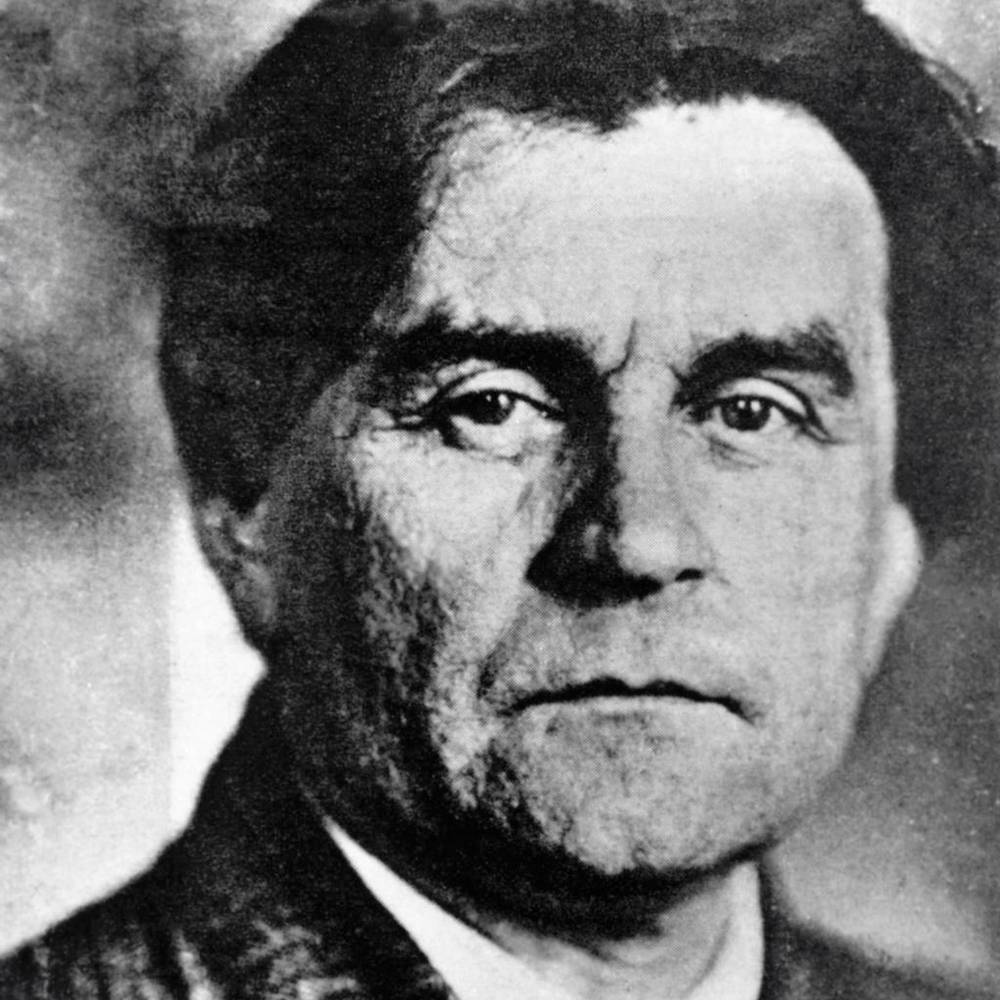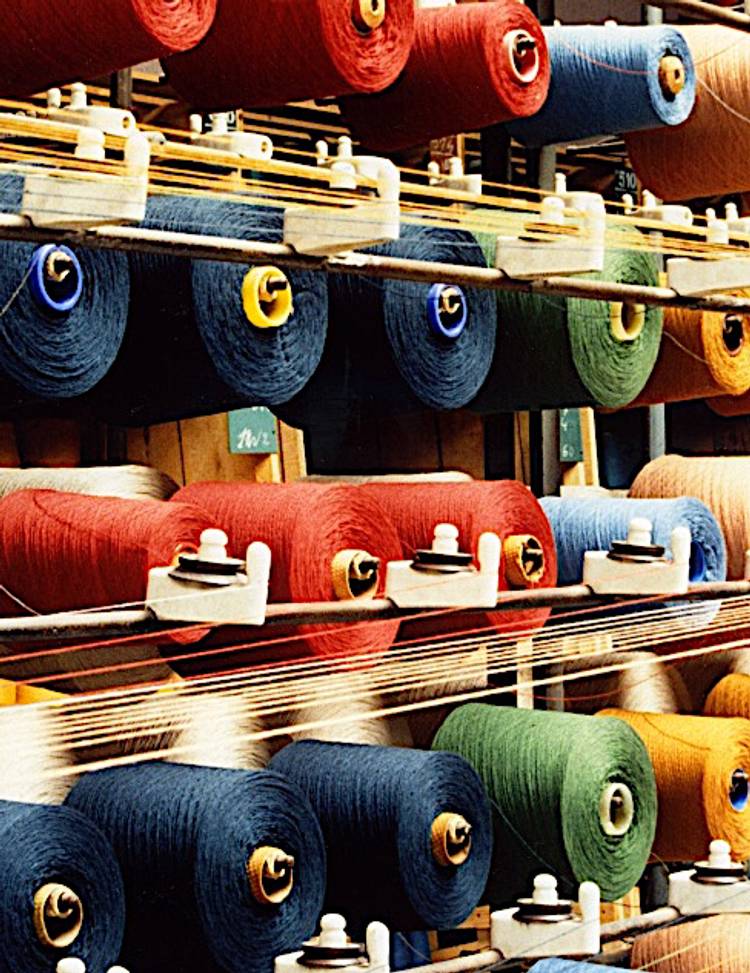Kasimir Severinovich Malevich was born in Kiev in 1879. An avant-garde painter, draftsman, sculptor and art theorist, his pioneering work had a profound influence on the development of abstract art in the 20th century. Malevich developed an approach that explored the use of pure geometric forms and the relationships between them, set against minimal backgrounds.
In the last years of his life, due to the political turmoil of the time, the painter was forced to abandon abstraction in favour of figurative style, of which the 1931 work "The Sportsmen" is the first example. In this painting, the background extends into horizontal blocks of colour where four figures with identical postures and clothing are placed. The chromatic variation between the different figures is deliberate, the tones were chosen to represent different sports, and also to convey the emotions around each one.


This work of art is reinterpreted in the workshops of Jules Pansu in the north of France using the jacquard technique that allows complex patterns to be woven that may include up to several thousand warp threads, allowing the faithful reproduction of the shapes and colours of the original. The impeccable execution of this tapestry is a tribute both to the artist himself and to the mastery of his weavers.
For four generations, the family firm founded in 1878 by Jules Pansu has carried on the centuries-old tradition of Gobelins and Aubusson tapestries. Pioneers in the use of Joseph Marie Jacquard's mechanical loom, they demonstrate enviable continuity, reinventing and adapting over time.
Since 2012, the Jules Pansu workshops have been considered "Living Heritage" by the French State, a mark of recognition that distinguishes French companies with craft know-how and industrial excellence.




